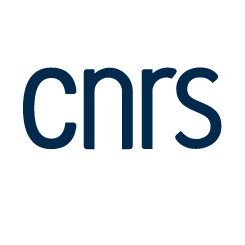Ionic association and dielectric relaxation of alkylammonium salts in non polar solvents
Résumé
Complex dielectric permittivity measurements of tri and tetra‐alkylammonium salts in C 6 H 6 and CCl 4 solutions have been performed in the 8 ‐ 35000 MHz frequency range. Relaxation spectra, corrected for conductivity losses, are nearly half‐circles in the case of tri‐n‐butylammonium picrate while they exhibit a much more complex shape in the case of tetra‐n‐butylammonium salts. For the incompletely substituted salt, the hydrogen bond favours the formation of molecule‐like ion‐pairs and the main relaxation process is the diffusional rotation of such ion‐pairs. For concentrated solutions of tetra‐butylammonium salts, the state of the solute can be pictured as large, non‐rigid aggregates without a permanent dipole moment. The polarization arises from an instantaneous asymmetrical distribution in the positions of the ions under an applied electric field. The complicated shape of the spectra is accounted for by assuming this asymmetry to vanish through the diffusional translation of the ions.
